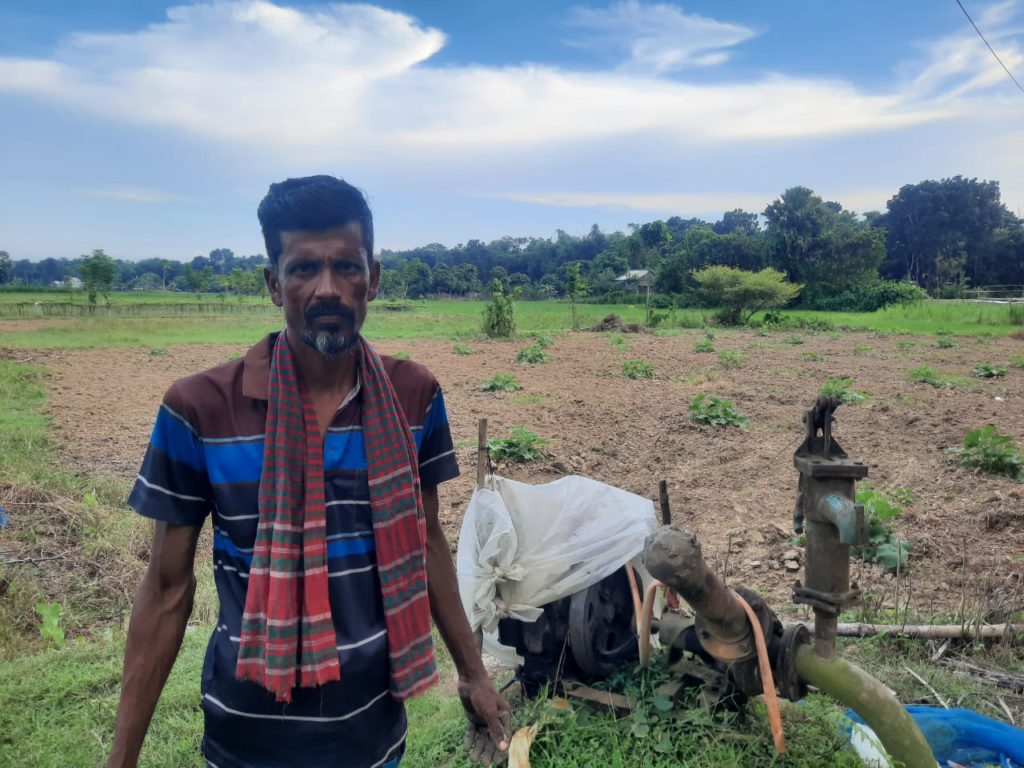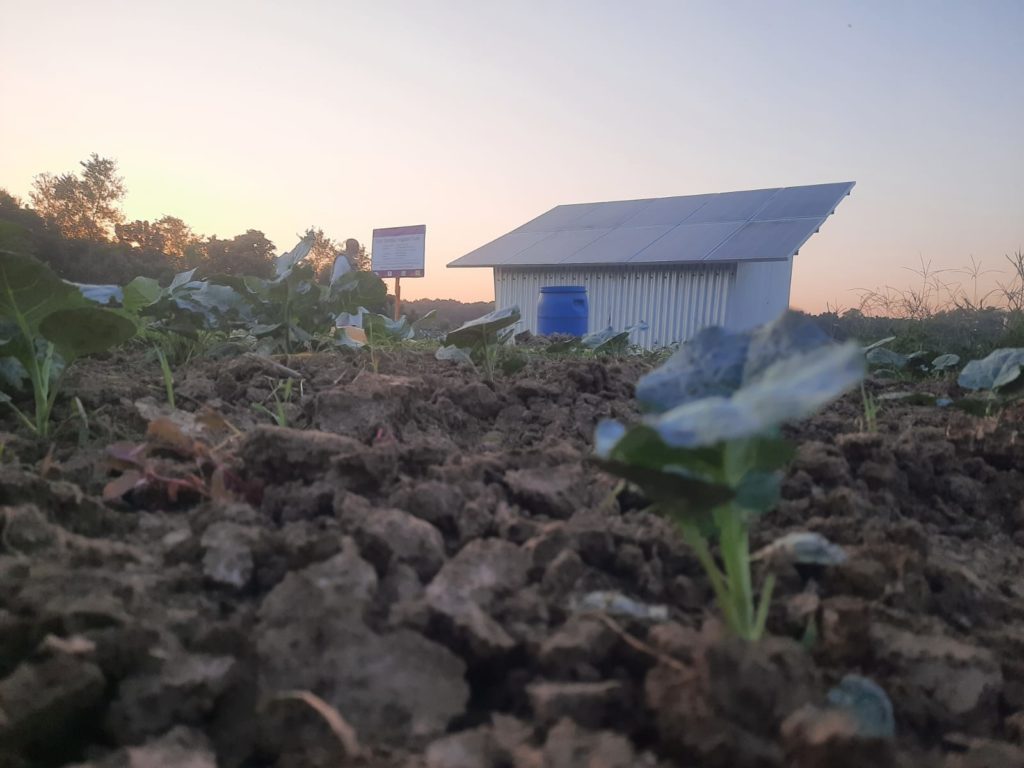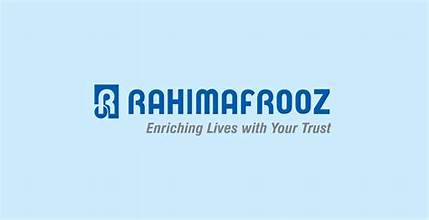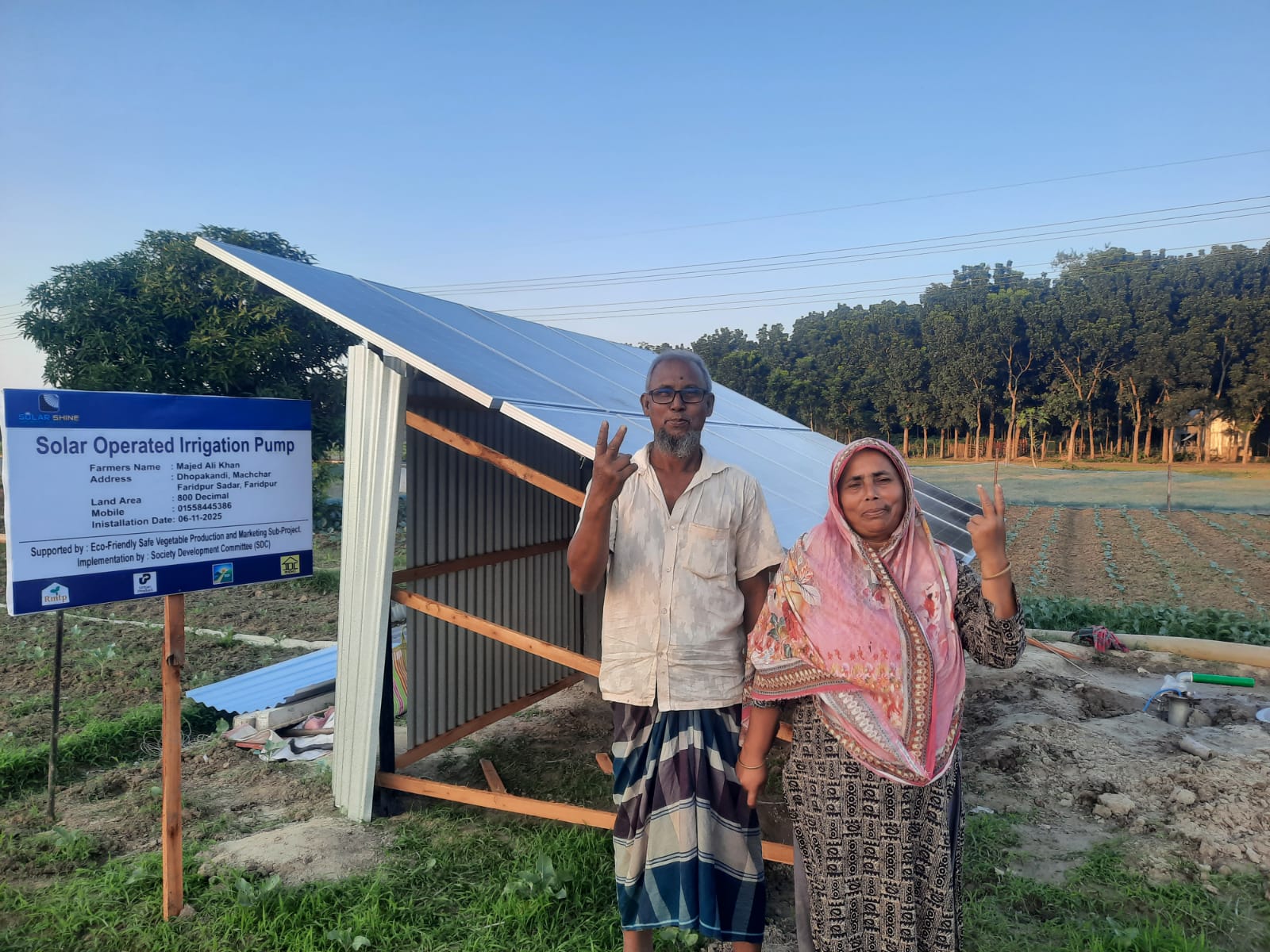
An initiative born from a key meeting
The UP! Energise Bangladesh initiative was born from a decisive encounter between Urban Product and Mr. Hamidul, Director of the Society Development Committee (SDC), one of the most experienced development organizations in the country. With over 36 years of presence in rural areas, SDC has shed light on a reality often invisible behind official statistics.
In Bangladesh, the electrification rate officially reaches 100%, but this figure hides a deep energy insecurity: per capita consumption remains low (around 3,000 kWh) and the country consumes nearly five times more electricity than it produces (529 TWh versus 106 TWh in 2024). The network remains fragile, uneven in quality, and does not guarantee reliable access to energy, particularly in rural areas where most farmers live and work.
In these regions, farmers still rely largely on diesel pumps to irrigate their fields. These systems are costly, polluting, vulnerable to fuel price fluctuations, and limited in efficiency. At the same time, many basic electricity needs, particularly for agricultural activities, food preservation, or lighting, remain poorly covered.
UP! Energise Bangladesh was launched to provide a concrete response to these challenges. The goal is to bring reliable and sustainable solar solutions capable not only of replacing diesel-based irrigation systems, but also of improving local electrification where relevant. By combining renewable energy with real field needs, the initiative aims to strengthen both access to water and access to cleaner, more stable electricity.
The project aims to demonstrate that renewable energy, when well designed and adapted to the local context, can directly solve current issues: ensuring more stable irrigation, improving the quality of electrification, and opening the door to sustainable agricultural perspectives for the years ahead. By supporting UP! Energise Bangladesh, you directly help implement these solutions on the ground and transform the daily lives of farmers.


To complete this collaboration, we work with Solar Shine, which relies on Rahimafrooz as the local technical provider. As a well-established actor in the energy sector in Bangladesh, Rahimafrooz is responsible for the design and installation of the solar solutions on site, as well as after-sales service and maintenance. Their involvement ensures systems that are properly adapted, correctly sized, and supported over time through UP! Energise Bangladesh.
In progress
-

Energise Dhopakandi Farm
Read more: Energise Dhopakandi FarmEnergise the Dhopakandi Farm with Solar Power In the Faridpur district of Bangladesh, access to reliable irrigation has until recently […]